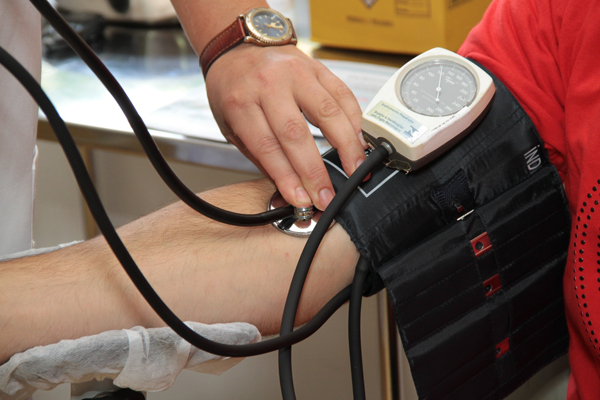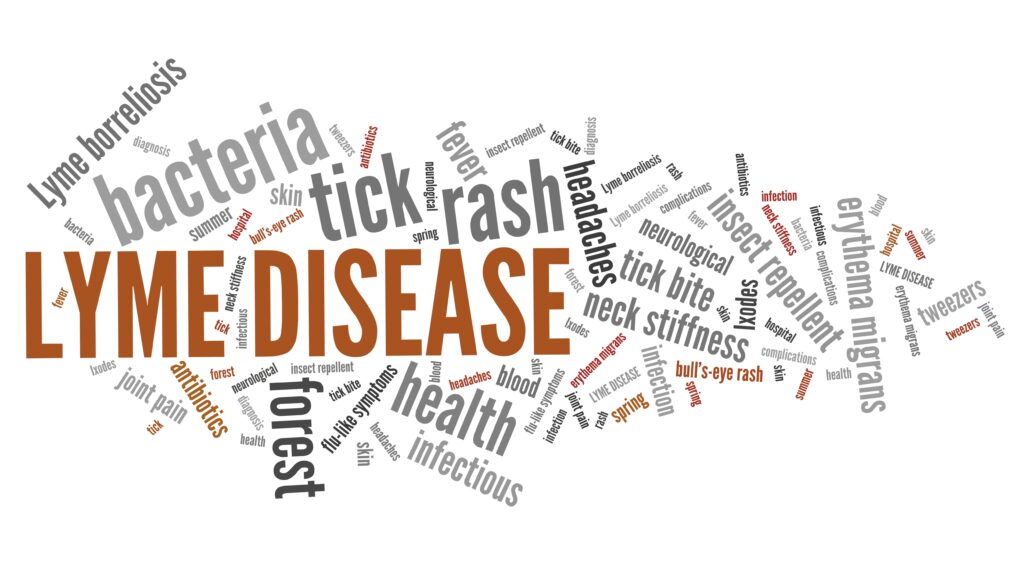Post-treatment Lyme disease syndrome is a serious problem
According to Rebman and colleagues, writing in the journal Frontiers in Medicine, PTLDS is a severe complication of Lyme disease. [1] The authors identified PTLDS using the Infectious Diseases Society of America (IDSA) proposed case definition. [2] “Briefly, this definition relies on prior physician-documented Lyme disease, treatment with standard of care antibiotics, and the development […]
Post-treatment Lyme disease syndrome is a serious problem Read More »










